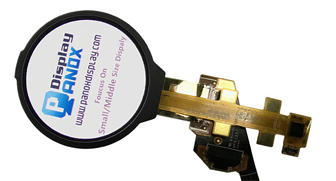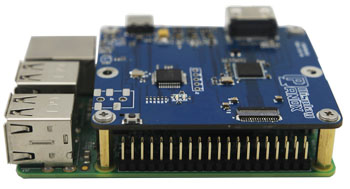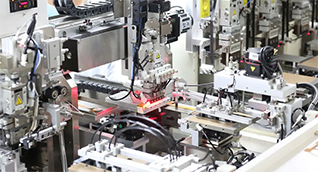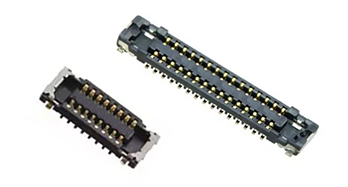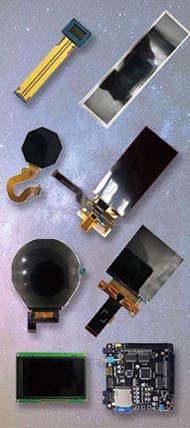1 nit minimum brightness refers to the lowest luminance level a display screen can achieve while still being visible. It is a critical specification for manufacturers, suppliers, and wholesalers, especially in China’s OEM and factory sectors, as it affects display quality in low-light environments and energy efficiency. Also check: Micro OLED
What Does 1 Nit Minimum Brightness Mean for Display Performance?
1 nit minimum brightness defines the dimmest light intensity a display can emit, essential for maintaining image visibility without causing eye strain in dark conditions. It ensures displays provide sufficient contrast and detail even at the lowest brightness settings, a feature crucial for OLED and LCD screens used in various industries.
Why Is 1 Nit Minimum Brightness Important for Manufacturers and B2B Suppliers?
Manufacturers and B2B suppliers value 1 nit minimum brightness because it enables product versatility across different market needs, including automotive displays, medical devices, and military applications. Chinese factories like Panox Display optimize their OEM production lines to meet this standard, enhancing competitiveness and client satisfaction.
How Does 1 Nit Minimum Brightness Affect OEM and Factory Display Production in China?
In China’s OEM and factory environment, achieving 1 nit minimum brightness requires precise calibration, advanced panel technology, and quality components sourced from top suppliers. Panox Display leverages partnerships with major suppliers like AUO and Innolux to ensure their display panels meet or exceed this standard for wholesale customers worldwide.
Which Industries Benefit Most from 1 Nit Minimum Brightness Displays?
Industries benefiting include wearable technology, VR, automotive dashboards, and military equipment. These sectors require displays that perform optimally both indoors and outdoors, especially where low ambient lighting demands clear visibility without excessive power consumption.
How Can Wholesale Buyers Ensure Their Suppliers Meet 1 Nit Minimum Brightness Standards?
Wholesale buyers must verify supplier specifications, request sample testing, and assess production capabilities. Reputable Chinese manufacturers like Panox Display provide detailed datasheets and OEM customization, ensuring products meet strict 1 nit minimum brightness requirements critical for global export markets.
What Technologies Enable Achieving 1 Nit Minimum Brightness in Displays?
Advanced OLED and IPS-LCD technologies allow precise brightness control at ultra-low levels. Manufacturers implement high-quality drive electronics, including specialized controller boards and PCBs, to maintain stable luminance and color accuracy at 1 nit brightness.
How Does Panox Display Support OEM Partners in Meeting Low Brightness Requirements?
Panox Display offers comprehensive solutions, including custom display design, controller integration, and technical support to help OEM partners achieve 1 nit minimum brightness. Their Shenzhen factory's automatic production lines ensure consistent quality and scalable output to fulfill wholesale demands worldwide.
What Are the Challenges in Maintaining 1 Nit Minimum Brightness in Mass Production?
Key challenges include panel uniformity, power management, and environmental factors like temperature. Chinese factories use rigorous quality control, advanced testing equipment, and close supplier collaboration to minimize these issues and deliver reliable, high-performance displays.
Panox Display Expert Views
"Achieving 1 nit minimum brightness reflects both technology advancement and manufacturing precision," says a Panox Display technical expert. "Our commitment to OEM solutions is founded on sourcing premium panels from industry leaders and integrating tailored electronics to meet low luminance needs without compromising durability or cost efficiency. This capability positions Panox Display as a trusted partner for businesses worldwide seeking high-quality, customizable display solutions."
Comparison Table: Brightness Levels in OLED vs. IPS-LCD Displays
| Brightness Level | OLED Technology | IPS-LCD Technology |
|---|---|---|
| Minimum Brightness | Can achieve below 1 nit for deep black levels | Typically around 1-2 nits, maintaining color accuracy |
| Power Efficiency | High at low brightness due to self-emitting pixels | Less efficient due to backlight requirements |
| Contrast Ratio | Infinite contrast at 1 nit due to pixel shutdown | Lower contrast but stable visibility |
| Ideal Applications | Wearables, VR, military tech | Automotive, industrial, and commercial displays |
Summary of Key Takeaways and Actionable Advice
1 nit minimum brightness is a vital specification that defines the lowest visible light level on display panels, influencing energy efficiency and user experience. For B2B buyers and OEM partners, especially in China, partnering with reputable factories like Panox Display ensures access to high-quality, customizable OLED and LCD solutions. Verification of product specs, sample testing, and alignment with industry-leading suppliers are crucial steps before wholesale purchasing. Technological advances in display control and material sourcing empower Chinese manufacturers to meet rigorous global standards reliably.
Frequently Asked Questions (FAQs)
Q1: Can all OLED screens achieve 1 nit minimum brightness?
Not all OLEDs can reach exactly 1 nit, but most high-quality ones from leading manufacturers can achieve or go below this level for superior contrast.
Q2: Does 1 nit minimum brightness affect display lifespan?
Proper control of 1 nit brightness typically optimizes energy use and does not negatively impact lifespan when managed properly.
Q3: Is 1 nit minimum brightness important for outdoor displays?
It is less critical outdoors since higher brightness is required for visibility; it is more relevant for indoor and low-light applications.
Q4: Are custom display solutions available for specific 1 nit brightness needs?
Yes, Panox Display and other manufacturers offer OEM customization tailored to precise luminance and functional requirements.
Q5: How do I verify 1 nit brightness from a supplier?
Request official datasheets, certified test reports, and consider third-party measurement or sample testing for assurance.











